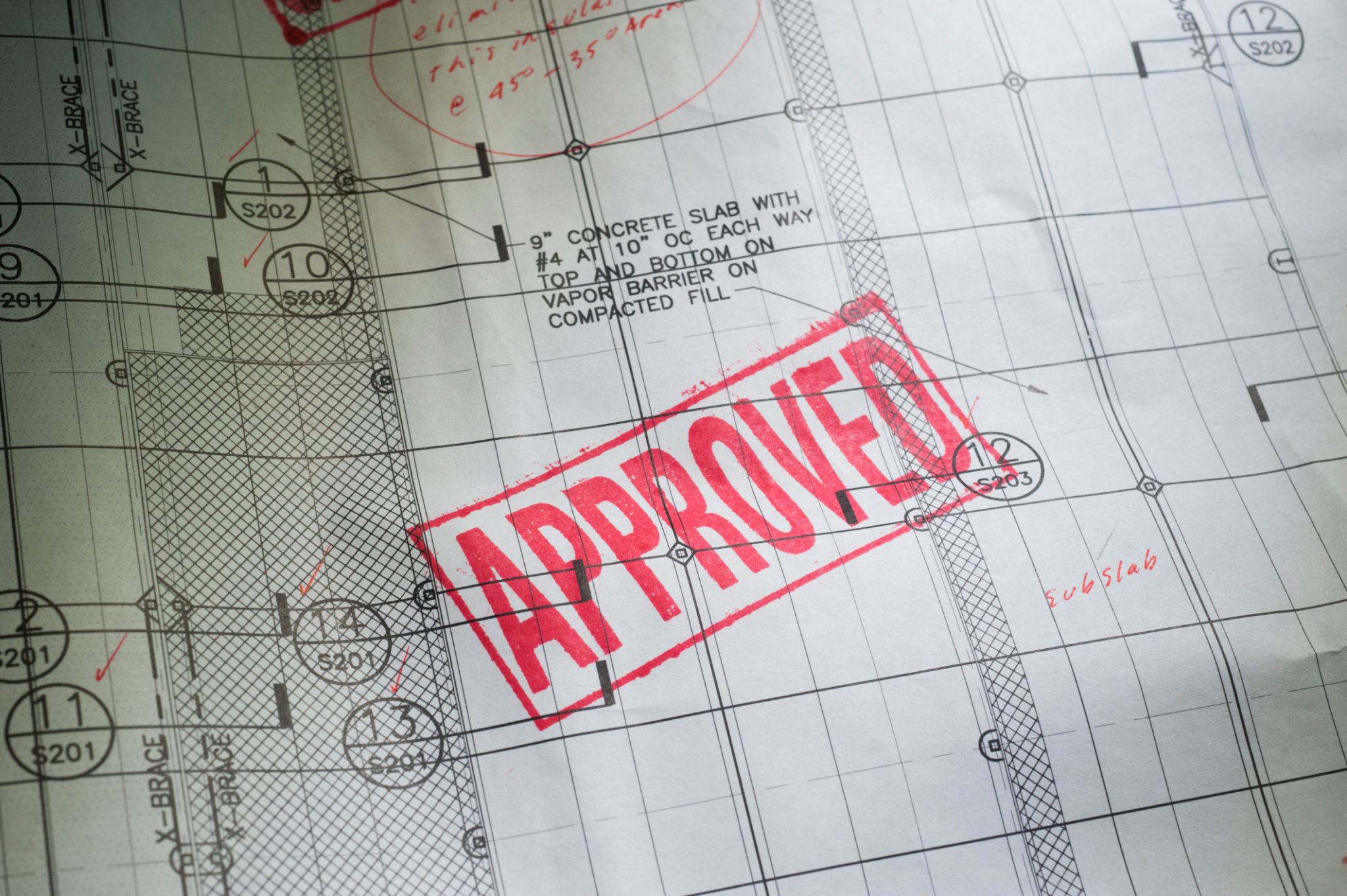Building Your Future in Julianadorp: Local Regulations and Requirements Explained
RN
Understanding Local Zoning Regulations
Building your future in Julianadorp starts with understanding local zoning regulations. These rules dictate what kind of structures can be built in specific areas, ensuring that the community grows in a harmonious and organized manner. Zoning regulations cover various aspects such as the height of buildings, the types of permissible structures, and the distance from the property line. Knowing these regulations is crucial before you start planning your construction project.
In Julianadorp, zoning laws are designed to maintain a balance between residential, commercial, and recreational areas. Adhering to these rules ensures that your project not only meets legal standards but also contributes positively to the community's development. If you're unsure about specific zoning details, consulting with the local planning department can provide clarity and guidance.

Building Permits: A Step-by-Step Guide
Once you have a clear understanding of the zoning regulations, the next step is acquiring the necessary building permits. These permits are essential for legally commencing any construction work. The process involves submitting detailed plans and specifications of your proposed building to the local authorities for review. This ensures that your project complies with safety, health, and environmental standards.
The application process can vary depending on the type and scope of your project. Generally, it includes submitting architectural drawings, site plans, and sometimes environmental impact assessments. You may also need to attend hearings or meetings if your project requires special considerations or variances. Securing a building permit not only legitimizes your construction efforts but also protects you from potential fines or legal issues.

Environmental Considerations and Impact Assessments
Julianadorp places a strong emphasis on environmental sustainability. Before breaking ground, it’s important to consider how your project might affect the local ecosystem. Environmental impact assessments are often required for larger projects to evaluate potential effects on wildlife, water quality, and vegetation.
These assessments help to identify potential environmental risks and propose mitigation strategies. By conducting thorough evaluations, you can ensure that your building project aligns with Julianadorp's commitment to preserving its natural beauty. Collaborating with environmental consultants can provide valuable insights and help navigate these requirements effectively.

Working with Local Contractors and Architects
Choosing the right professionals to work with is a key component of a successful building project. Local contractors and architects are familiar with Julianadorp's regulations and can offer expert advice tailored to your specific needs. Their knowledge of local materials, construction techniques, and climate considerations can significantly enhance the quality and efficiency of your build.
When selecting contractors or architects, it’s advisable to review their previous work, check references, and ensure they are licensed and insured. Building strong relationships with these professionals can streamline the construction process and help bring your vision to life while adhering to local standards.

Navigating Community Guidelines and Feedback
Engaging with the community is an often overlooked but critical aspect of building in Julianadorp. Community guidelines may include neighborhood aesthetics, noise restrictions, and shared space usage. Making an effort to understand and incorporate community feedback can foster goodwill and support for your project.
Hosting informational sessions or open houses can be an effective way to gather input and address any concerns that residents might have about your construction plans. By fostering open communication, you can ensure that your project is well-received and integrates seamlessly into the existing community fabric.

